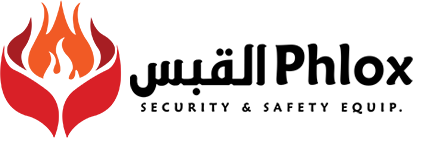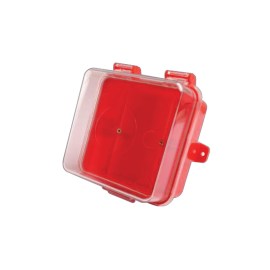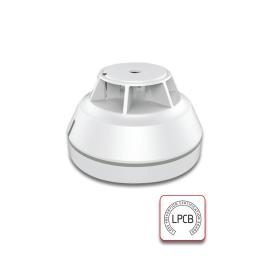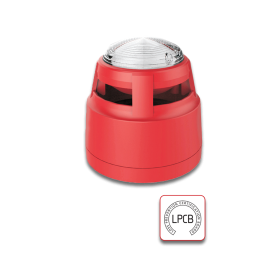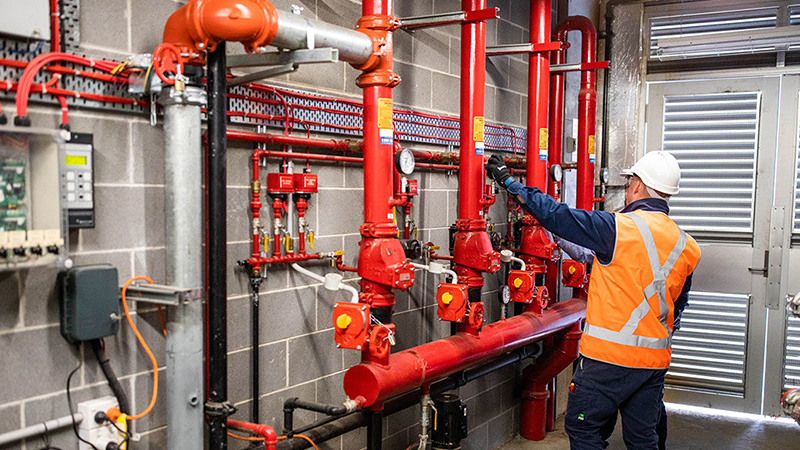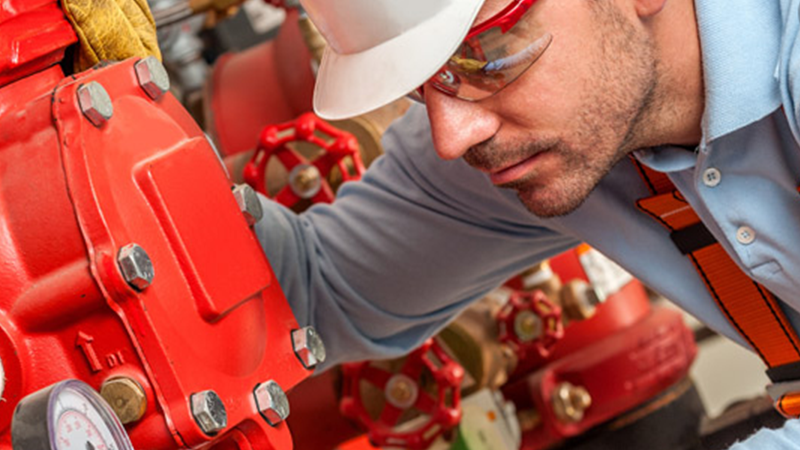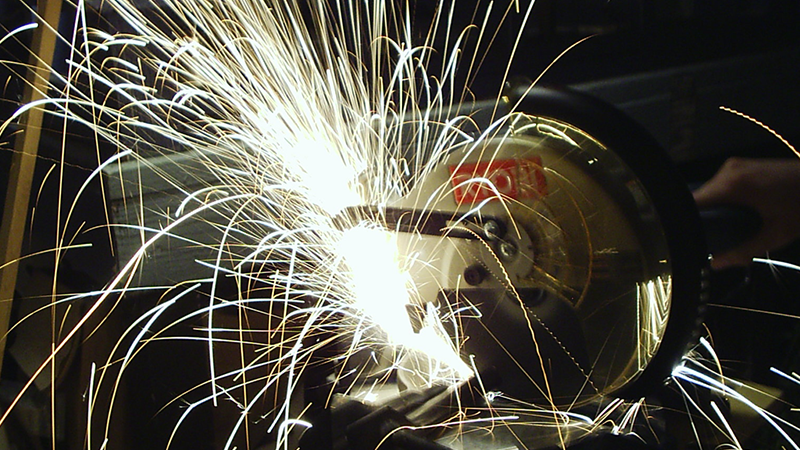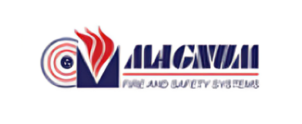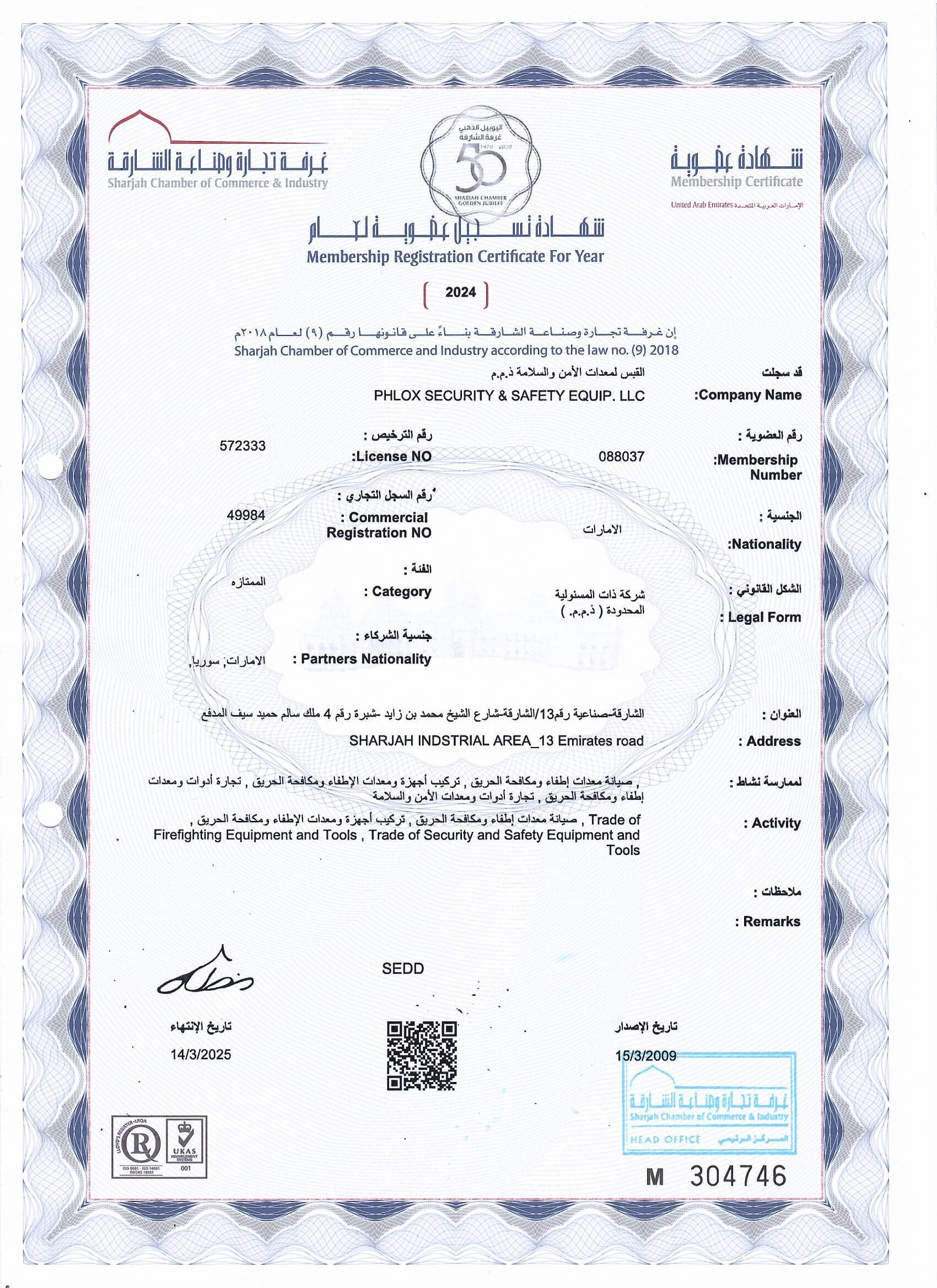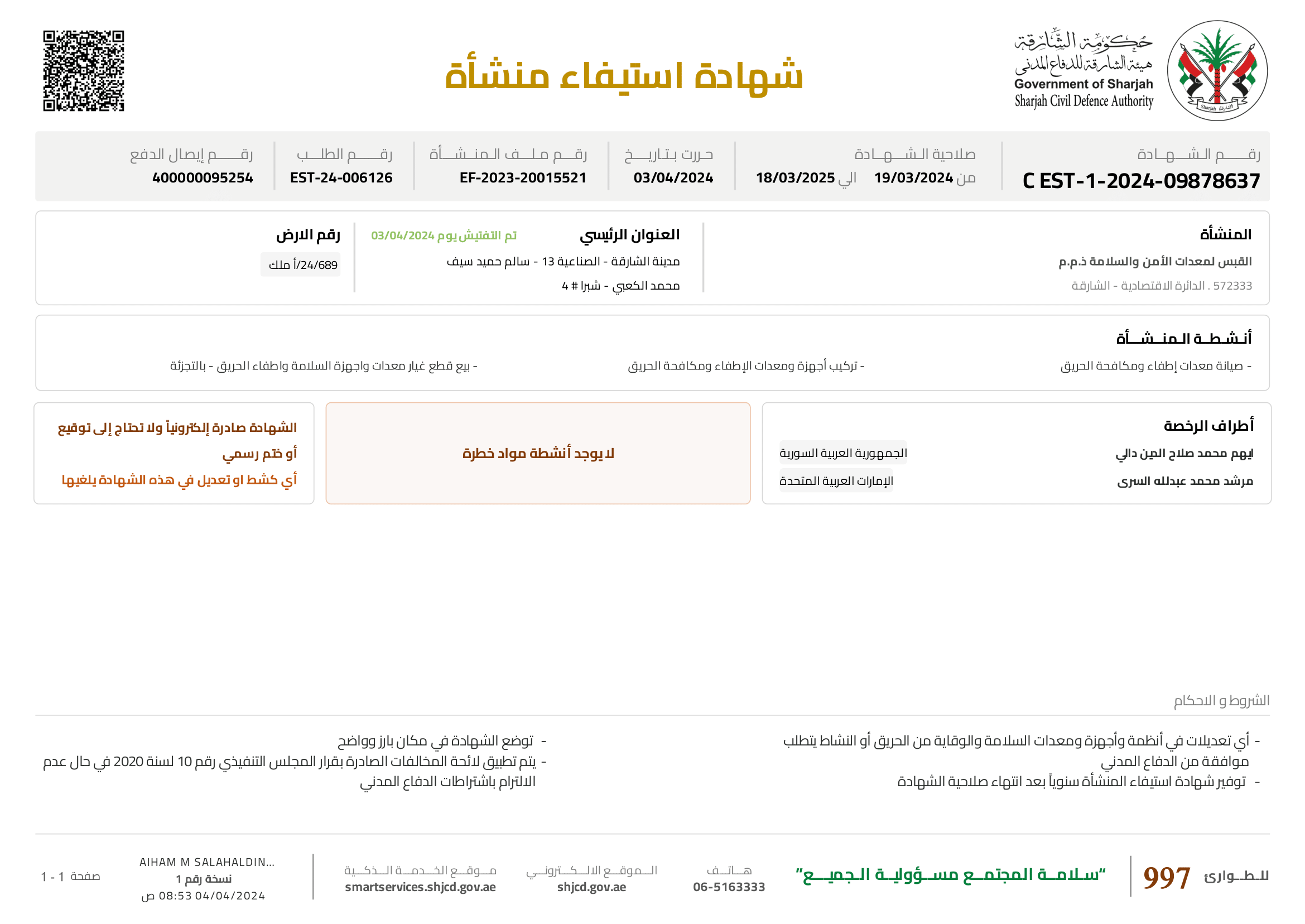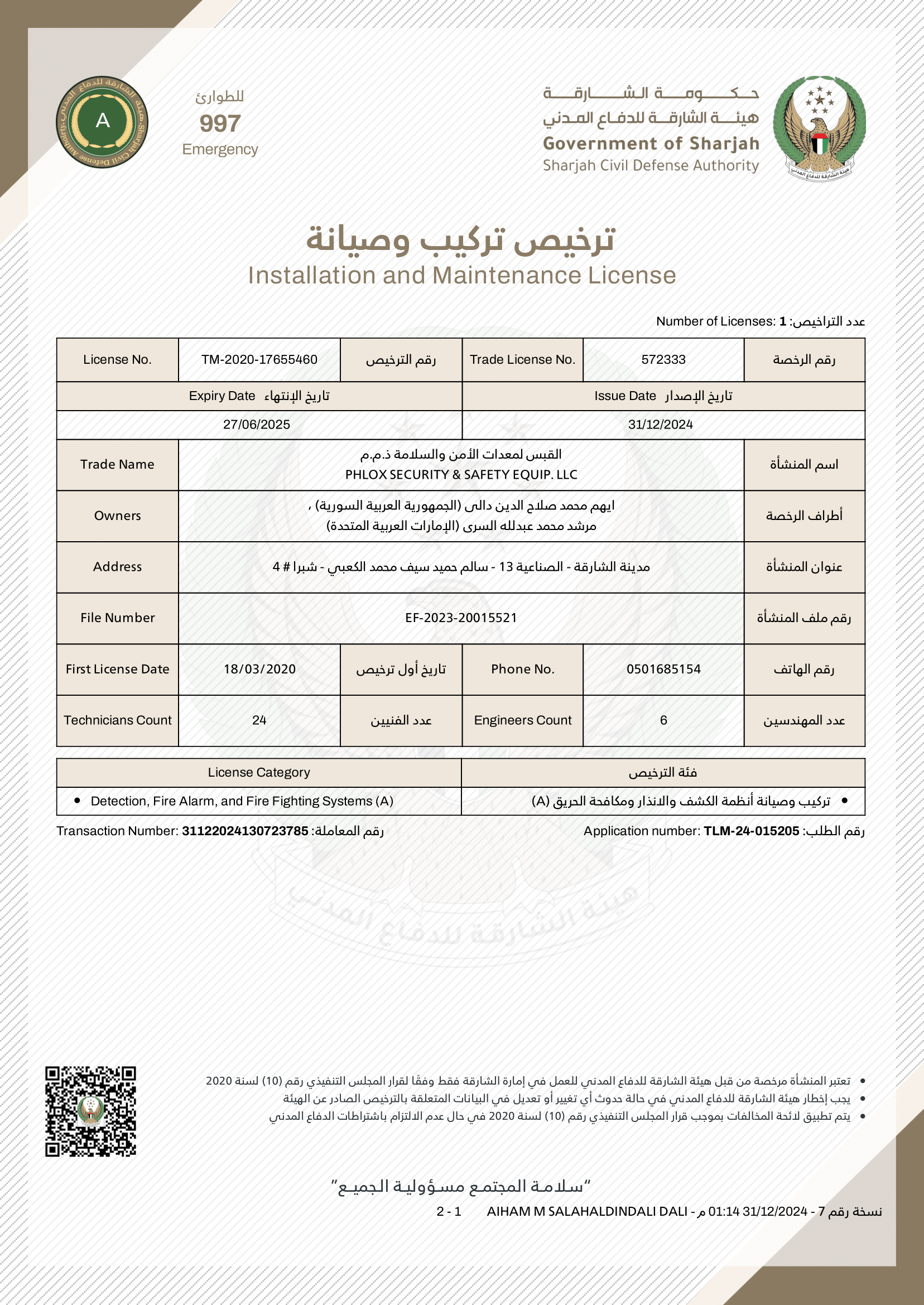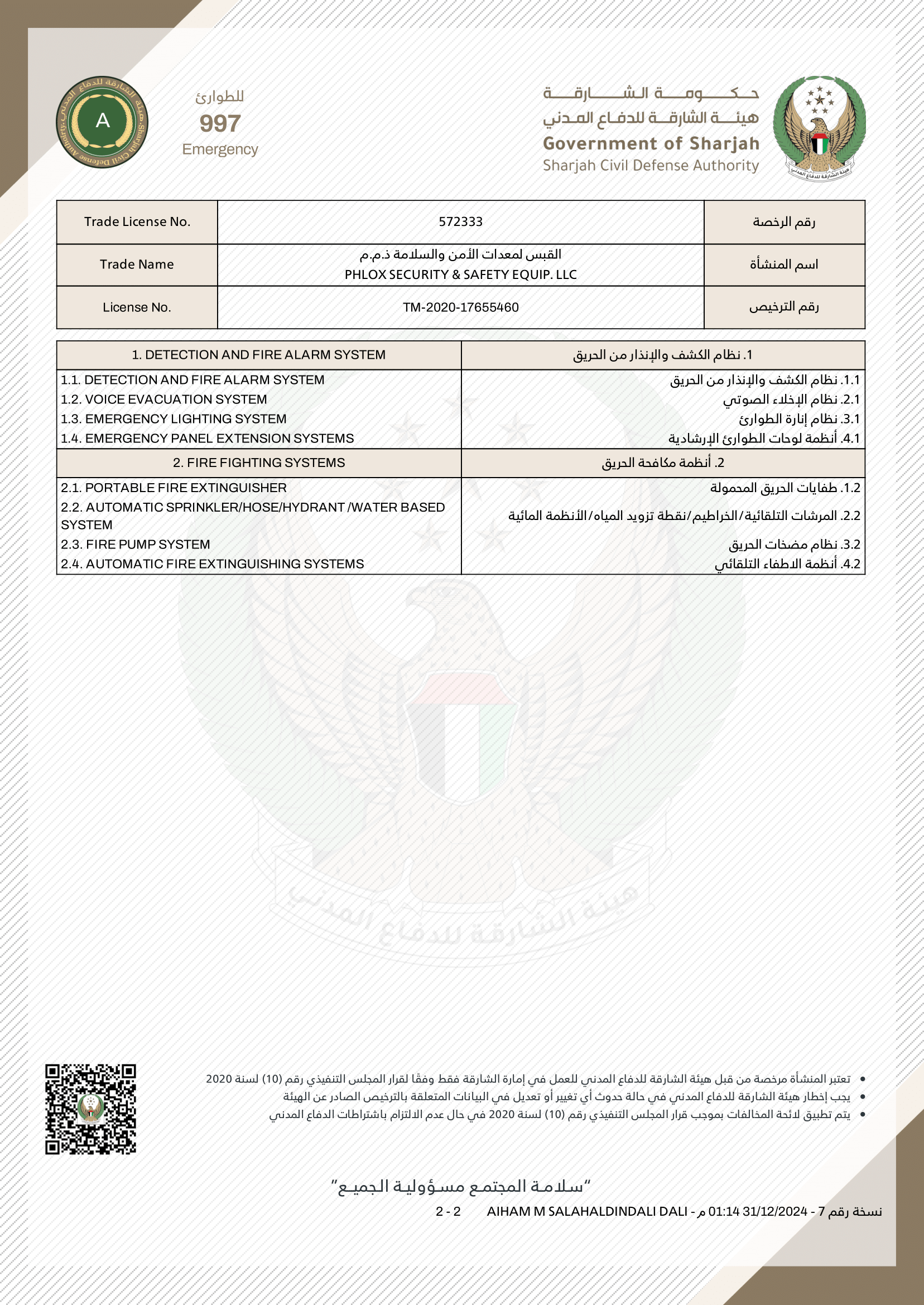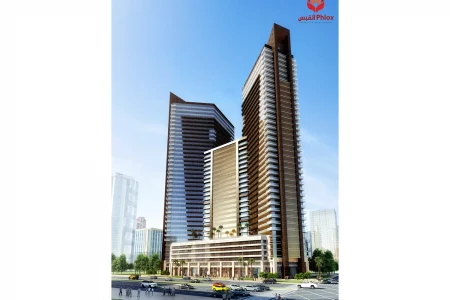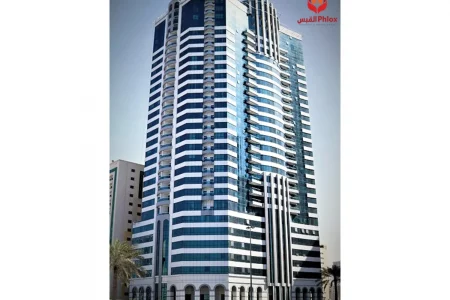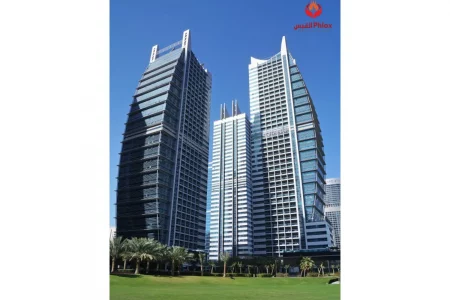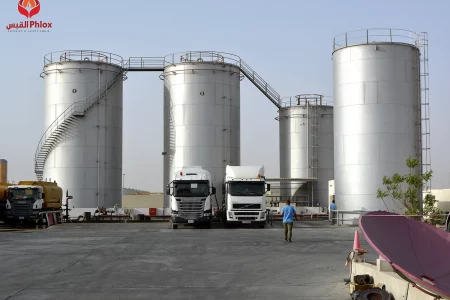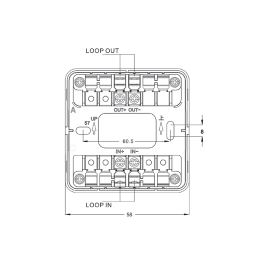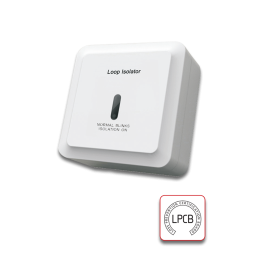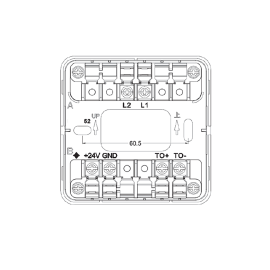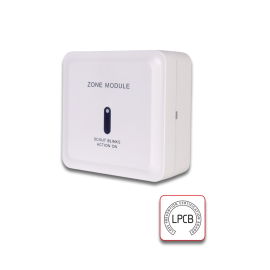BEST SELLING PRODUCTS
-
Water Extinguishers
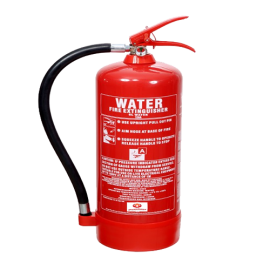
Description:
Water Fire Extinguishers are effective on class A fire.
All Extinguishers are coated internally for optimal protection against rust and corrosion.
The valve is provided with safety release valve to release the excess pressure.
Cylinders of different capacity can be supplied upon request.
Water Fire Extinguishers are cost-effective
-
Dry Powder Fire Extinguisher Filling Machine
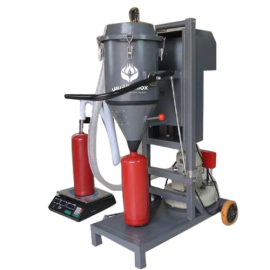
Dry Powder Fire Extinguisher Filling Machine is a new model improved by our factory. It can suck dry powder into the cylinder quickly by vacuum. It has several advanced features, such as small volume, easy movement, simple operation, and environmental protection. It is especially suitable for the filling, production, and maintenance of dry powder extinguisher and also suitable for filling various powder products. It is ideal equipment in the powder filling industry
-
Fire Pumps
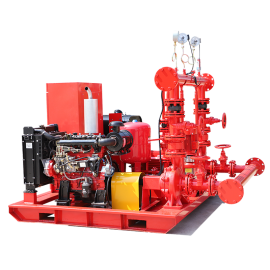
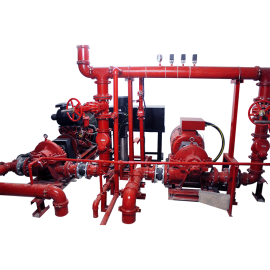
Description:
Fire pumps are used to boost the water pressure in sprinkler and standpipe systems and to deliver the required amount of water.
- Easily access to all working parts
- Rugged construction
- Efficient Operation
- Self-Venting Design
- Dynamic balanced Impeller
- Performance and Hydrostatic test
- Space saving design
- Available in 50 or 60 Hz
Available Pumps Type:
End Suction Pump
Horizontal Split Case
-
Addressable Smoke Detector
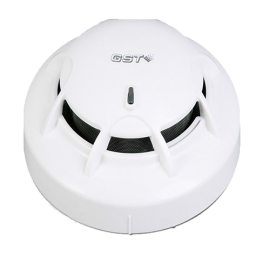
Description:
There are certain situations that a smoke detector would not be enough in fire management and safety. In instances of smoldering fires, addressable smoke detectors would be the best choice. This smoke detector would be ideal for dense smokes of fires that were produced from the burning of soft furnishing, plastic, foam, or similar materials that easily smolders.
PHLOX Security & Safety Equip. LLC is a fire fighting and fire alarms supplier based in Sharjah, UAE. In terms of fire safety and prevention, we are a leading expert and we also install fire-prevention alarms and systems. We have a wide range of products for different fire-preventive measures needed, and we, specifically, offer the GST DC-9103E Conventional Rate of Rise and Fixed Temperature Heat Detector.
The GST DC-9103E is a new generation product of GST that works stably by being fixed with a highly reliable fire judging program. It is also built with a microprocessor enabling a compact design. When detecting fire signals, it can change its own current to transmit the proper signal to the fire alarm control panel or the location of the addressable zone monitor unit. This smoke detector will keep illuminating fire LED until it is reset by its own system ensuring that the signal would be well received by people within the vicinity of the hazard.
Other unique features of the model are its programmable classes enabling up to 3 classes of program. It also has a reed switch testing. Its design is sleek and aesthetically pleasing allowing a low-profile and unobtrusive design that can easily complement any modern building. It is also electronically addressed and it comes with a remote indicator as its output terminal. The LED contained in the smoke detector also allows 360O viewing and smoke detection. Lastly, the product complies with EN 54-5. -
Wet Chemicals
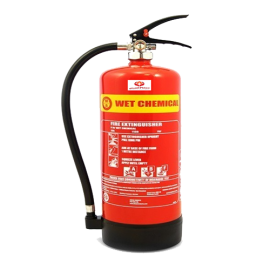
Description:
Wet Chemical Extinguishers are effective on class A & F fires.
All extinguishers have been coated internally for optimum protection against rust and corrosion.
Non-toxic, non-corrosive, non-irritant and is harmless to humans and animals.
Contains No halogens, CFC’s or toxic products.
Wet Chemical extinguishers are manufactured in accordance with the requirements of International Standards.
-
CO2 Extinguisher Refilling Machine
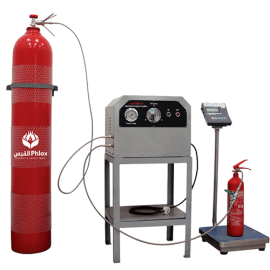
Power: 1.1 KW – 220 V/ 50 Hz
Refilling Speed: ≥ 3 KG/Min
Refilling Range: 1~48 KG
Weight: 53 KG
Machine Size: 530×430×430 mm
Carbon dioxide(Co2) extinguisher refilling machine is newly developed based on. It is suitable for all kinds of portable Co2 fire extinguishers. It is no need to heating and refrigerating, but can refill the Co2 fire extinguisher directly from big bottle.
-
Pendent Sprinklers
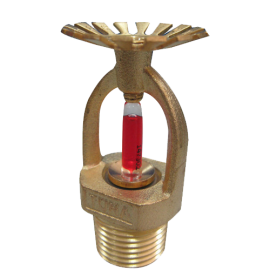

Description:
The NX Brand Pendent sprinklers are automatic sprinklers of the frangible bulb type. Standard/quick response – standard orifice spray sprinkler intended for use in fire sprinkler systems designed in accordance with the standard installation rules recognized by the applicable listing or approval agency.
Approval: UL Listed
CERTIFICATIONS
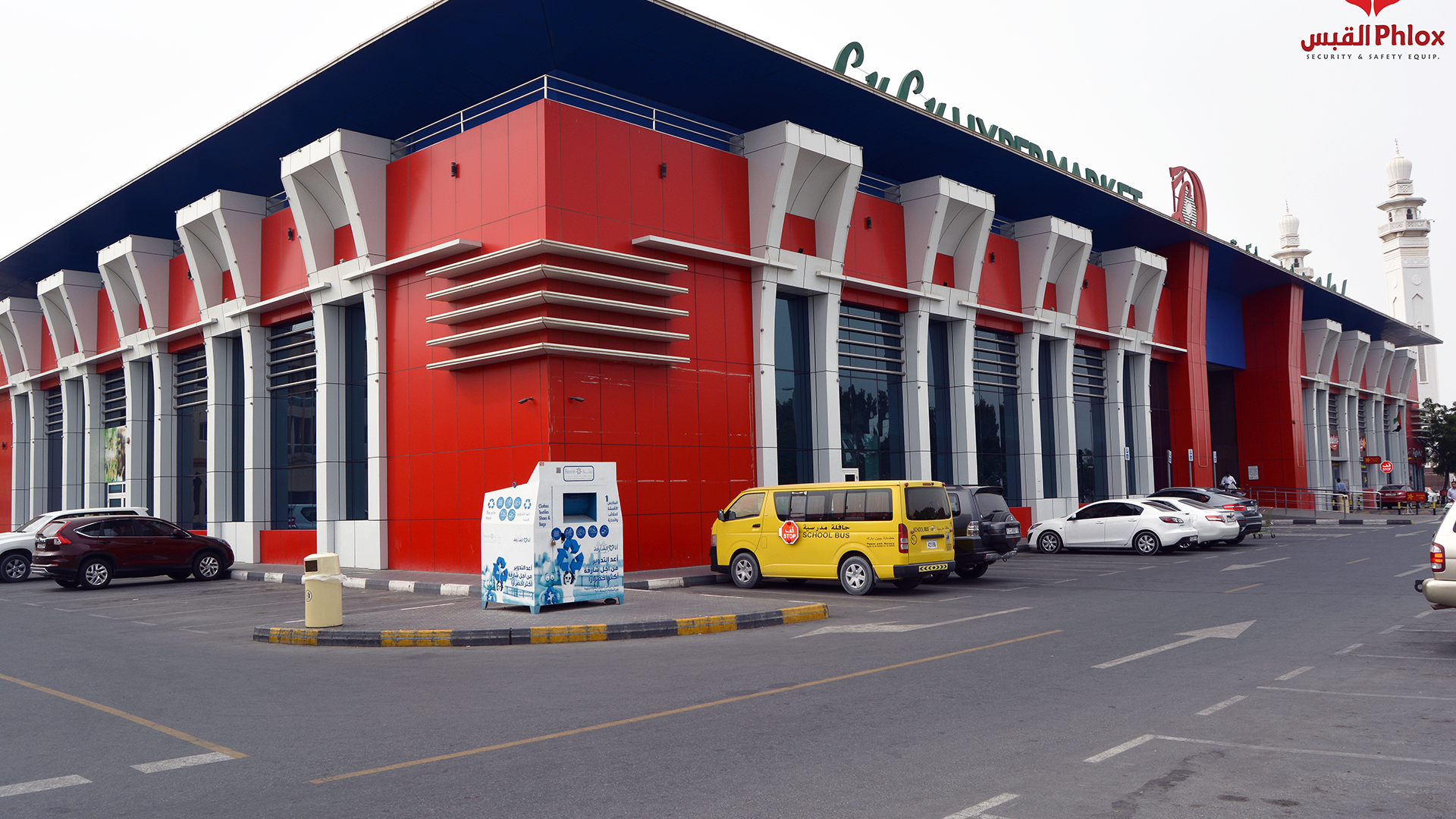
Fire Safety is one of the crucial aspects of any construction project as well as the existing safety plan and maintenance. Our completed projects and wide range of portfolio is a testament to our capability and confidence to undertake any project in the emirate.
